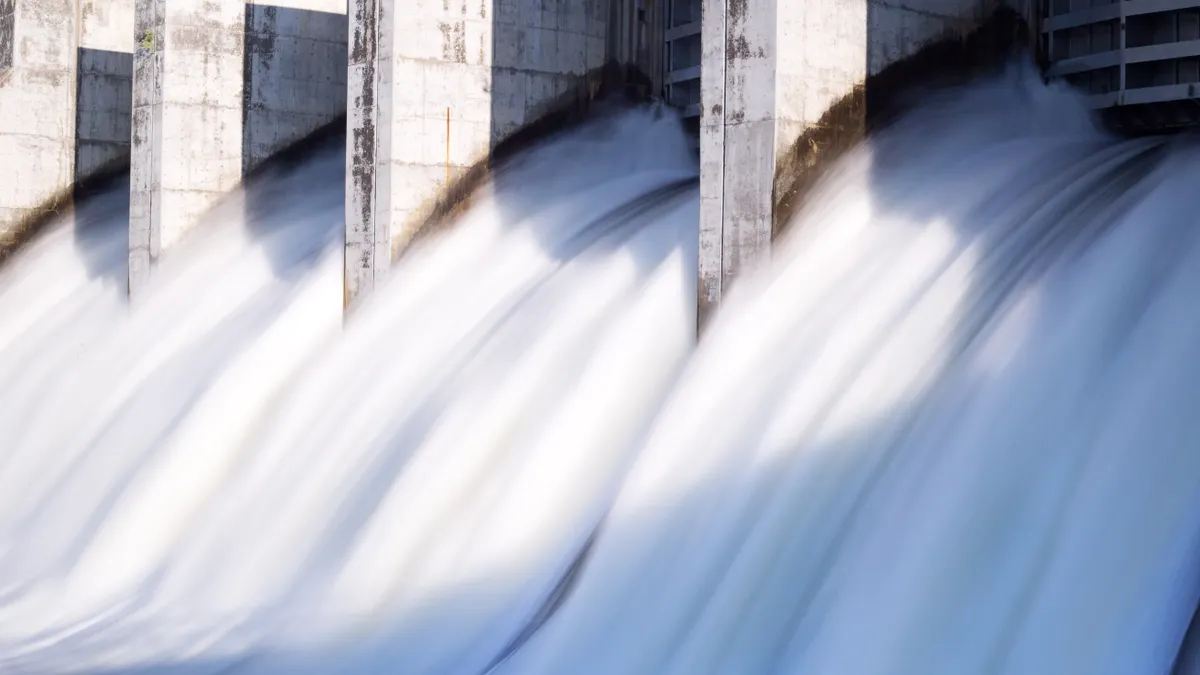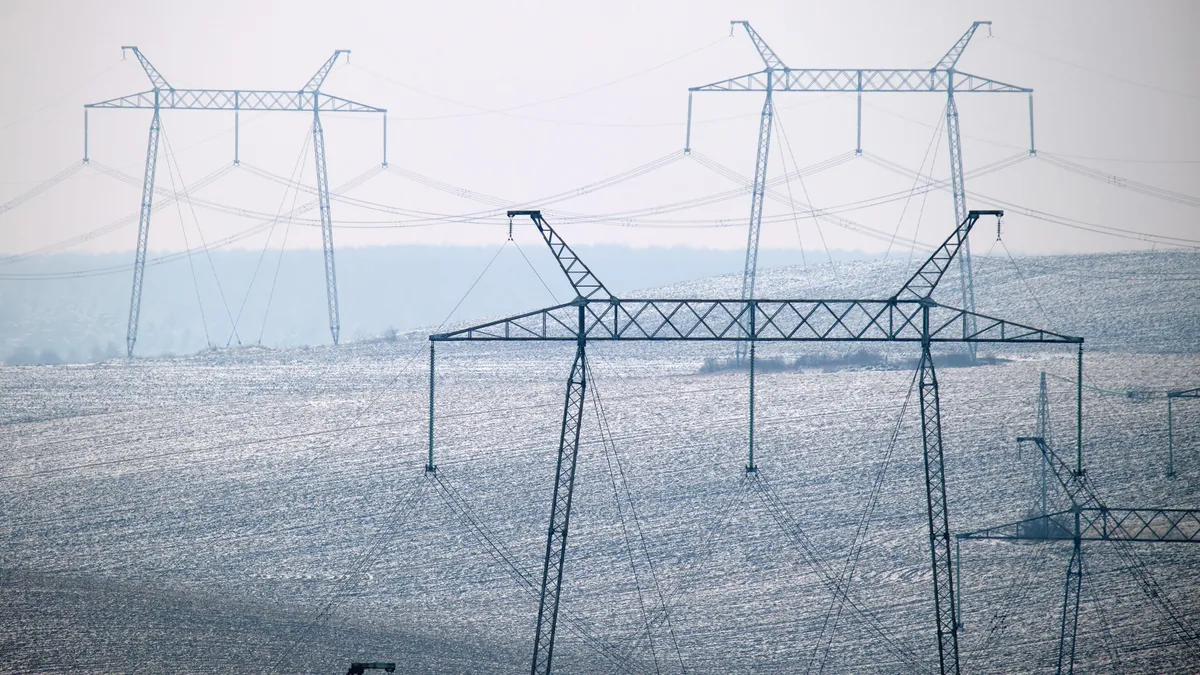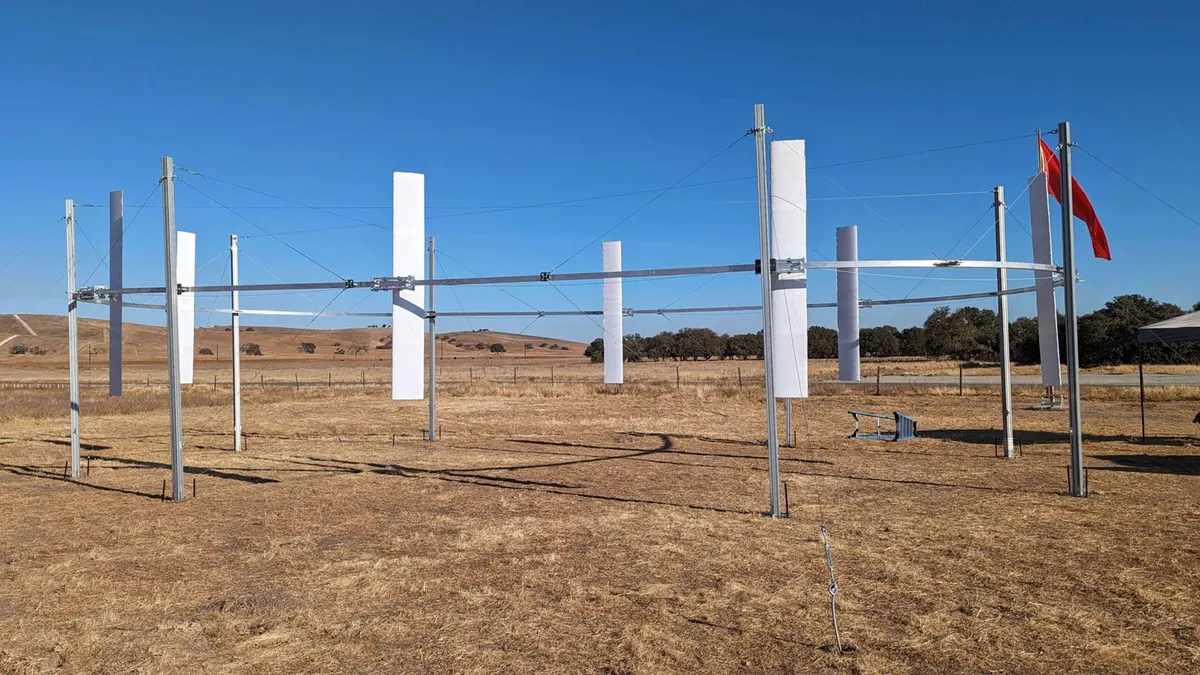Malcolm Woolf is president and CEO of the National Hydropower Association.
For the United States to achieve its goal of reaching net-zero greenhouse gas emissions by 2050, there is rare consensus among bipartisan policymakers and industrial players that the U.S. must produce more clean hydrogen. The most abundant element in the universe, hydrogen can be produced (i.e., separated) from a variety of sources, including water. Once separated, this hydrogen can be used to power an array of hard-to-decarbonize sectors, including industrial processes, transportation, agriculture and electricity. For this reason, billions of dollars and enormous tax credits from the Inflation Reduction Act, passed by Congress last summer, have been teed up to fund it.
Notably, in section 45V of the IRA, Congress included a clean hydrogen production tax credit that promises to offer $3 for every kilogram of hydrogen produced. For the United States’ first renewable industry, hydropower, this so-called “45V tax credit” initially seemed to hold incredible promise, offering necessary incentives that would make it possible for the more than 2,200 hydropower plants already producing zero-carbon electricity across the country to invest in building the burgeoning U.S. clean hydrogen industry.
With incentives from the 45V tax credit, hydropower plants — which use the natural flow of moving water to generate 38% of the renewable electricity in the U.S. — could conceivably increase their net-zero contribution to the country’s grid even further by converting their water to hydrogen through electrolysis.
Even better, the electricity produced in the off-peak or low-demand time, or at the time of higher-than-normal river flows, could be stored in the form of hydrogen so that, later, when more energy is needed, that hydrogen could be used to produce electricity. Storing this hydrogen as a fuel would not only help stabilize the United States’ entire power grid, but also offer a cleaner alternative to fossil-fuel backup power generation, giving electrical system operators greater flexibility to ensure reliable and economical electricity service.
But all that potential could very well be squandered if a small but vocal contingent of hydrogen critics succeeds in pressuring the Department of Treasury to include additionality restrictions in its long-awaited 45V implementation guidance, which is expected later this summer and will determine who is eligible for the IRA’s clean hydrogen production tax credit.
Additionality restrictions would negatively impact the United States’ ability to rapidly scale its nascent clean hydrogen industry, requiring energy producers to source electricity from only newly built clean power. For the hydropower industry, that would effectively render 80,0000 MW of existing zero-carbon power plants ineligible for the 45V tax credit to support clean hydrogen production.
The Treasury Department should not discriminate between new and existing zero-carbon resources. Not only is that a direct statutory misinterpretation of the IRA and congressional intent, but also an irresponsible way to categorize hydropower and other existing carbon-free resources that play an integral part of the U.S. clean electricity system.
At its core, 45V was created to accelerate U.S. clean hydrogen production. Hydropower today has a key role to play in achieving that goal, not only through the massive quantities of zero-carbon electricity it already produces, but also through pumped storage hydropower which currently accounts for the vast majority of all utility-scale energy storage capacity in the United States — all of which can be applied to clean hydrogen.
Treasury should issue 45V guidance that harnesses the versatility of hydrogen through a hybrid approach that encourages the rapid integration and production of clean hydrogen by both mature, clean technologies, like hydropower, and newer technologies, like wind and solar.
Indeed, if wind and solar have taught us anything, it’s that tax credits can be highly effective when looking to incentivize the rapid scaling of new technologies in a way that enhances the productivity and competitiveness of essential industries to create jobs and spur economic growth while also mitigating climate change.
Treasury has an opportunity to issue guidance that makes 1+1=3. As we speak, hydropower is integrating variable energy resources onto the electricity grid, as it can be dispatched quickly to provide 24/7 reliable power when wind isn’t blowing, and the sun isn’t shining. Enabling hydropower to rapidly boost clean hydrogen production allows it to become a force multiplier in the race to address the climate crisis. This is an opportunity that Biden administration shouldn’t let slip away.





















